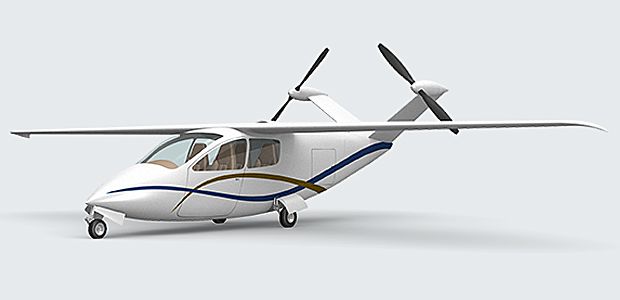I wonder what effect these technologies would have on service ceiling? Could such a propulsion system replace today's turbocharged and turbo-normalized engines by allowing flights into the flight levels?
It's not a drop-in replacement for an engine, so it will have no effect on existing airframes.
Much of the "practicality" comes from the unique airframe design. If it works -- and that's a really big if, as this airplane is vapor -- the devil will be in the details about service ceiling. Density altitude also affects the aerodynamics, in addition to the engine power. You may, for instance, need a larger prop at higher altitudes to keep the efficiency up.
With current battery technology, the effective ceiling will likely be VERY low, or you'll give up far too much range for the altitude. Much like the first generation of hybrid cars, which depended upon very low weight and tiny motors and engines in order to get some of their fuel mileage. A Honda Insight in the mountains was an unpleasant endeavor. Modern EVs, not so much.
A hydrogen fuel cell still burns oxygen, and density altitude will affect it. However, it does use less of it than a gasoline engine. In principle, you could imagine something similar to supercharging.
Adding extra weight such as a pressurization system is a question best reserved for after this airplane actually exists. In principle, it should be possible, but the same statement goes for a conventional gasoline engine. There is nothing fundamental that prevents a normally aspirated engine from operating in the flight levels. It's just impractical as the engine would have to be severely oversized for low altitude operations, and will add a lot of weight because of that.

